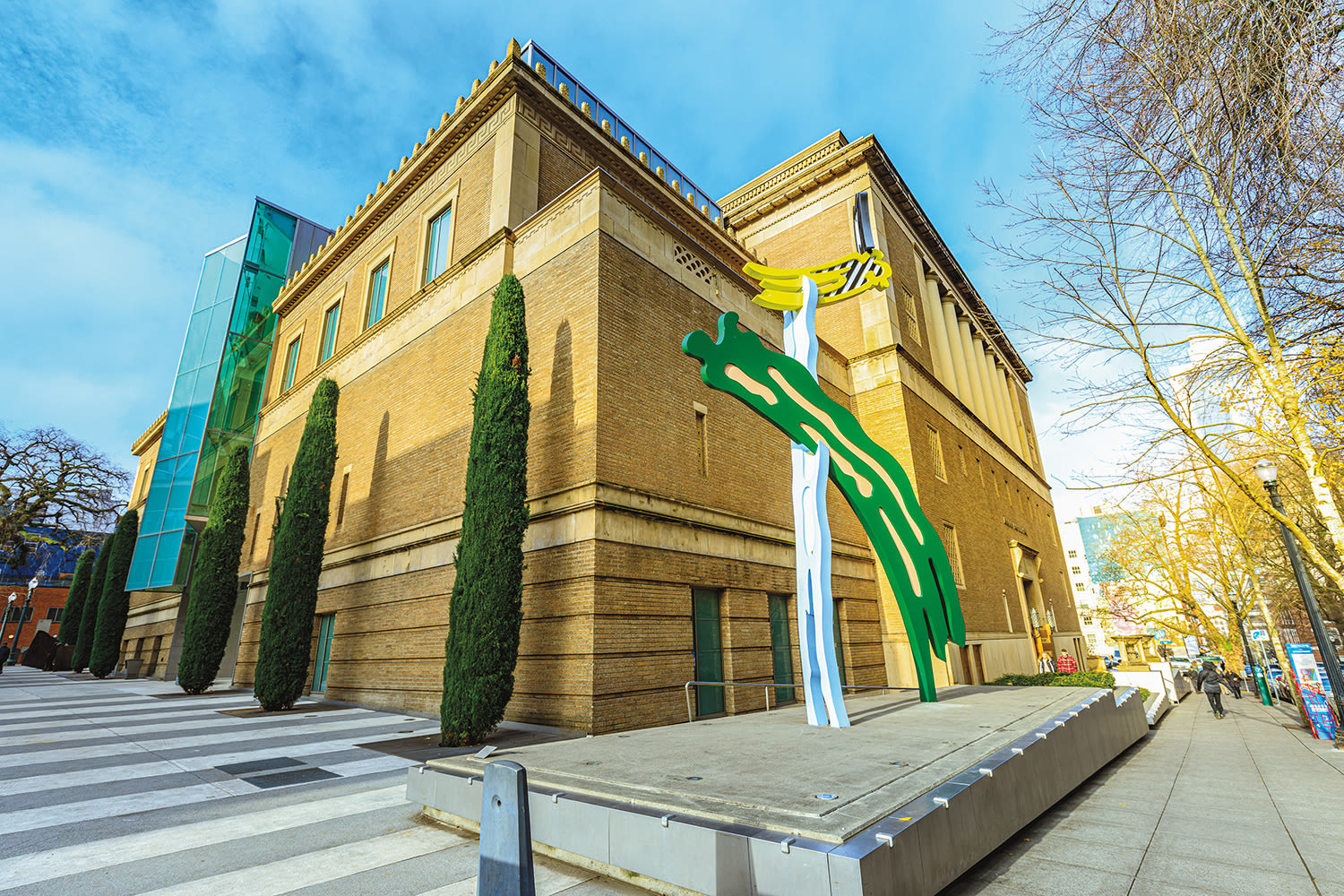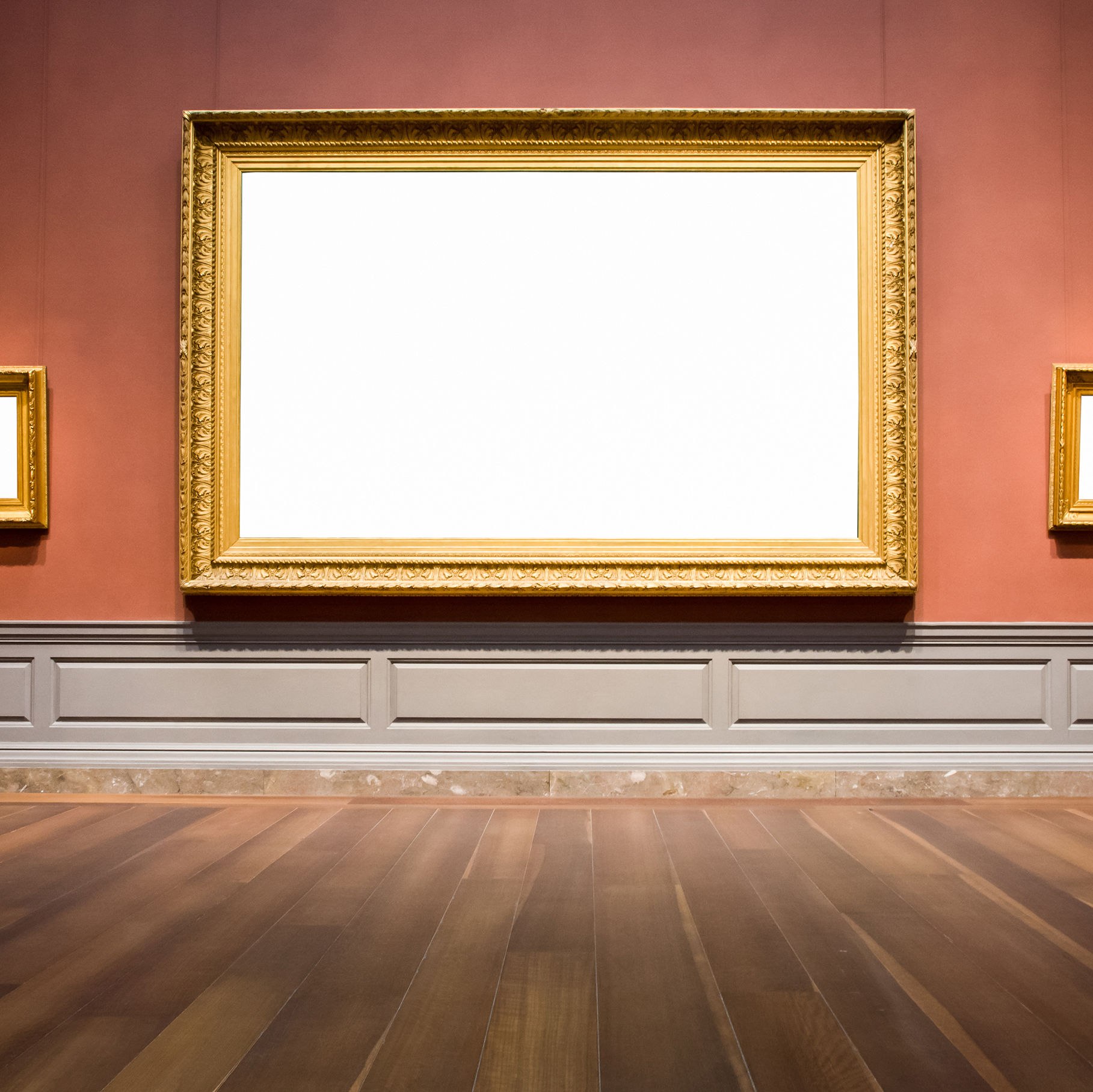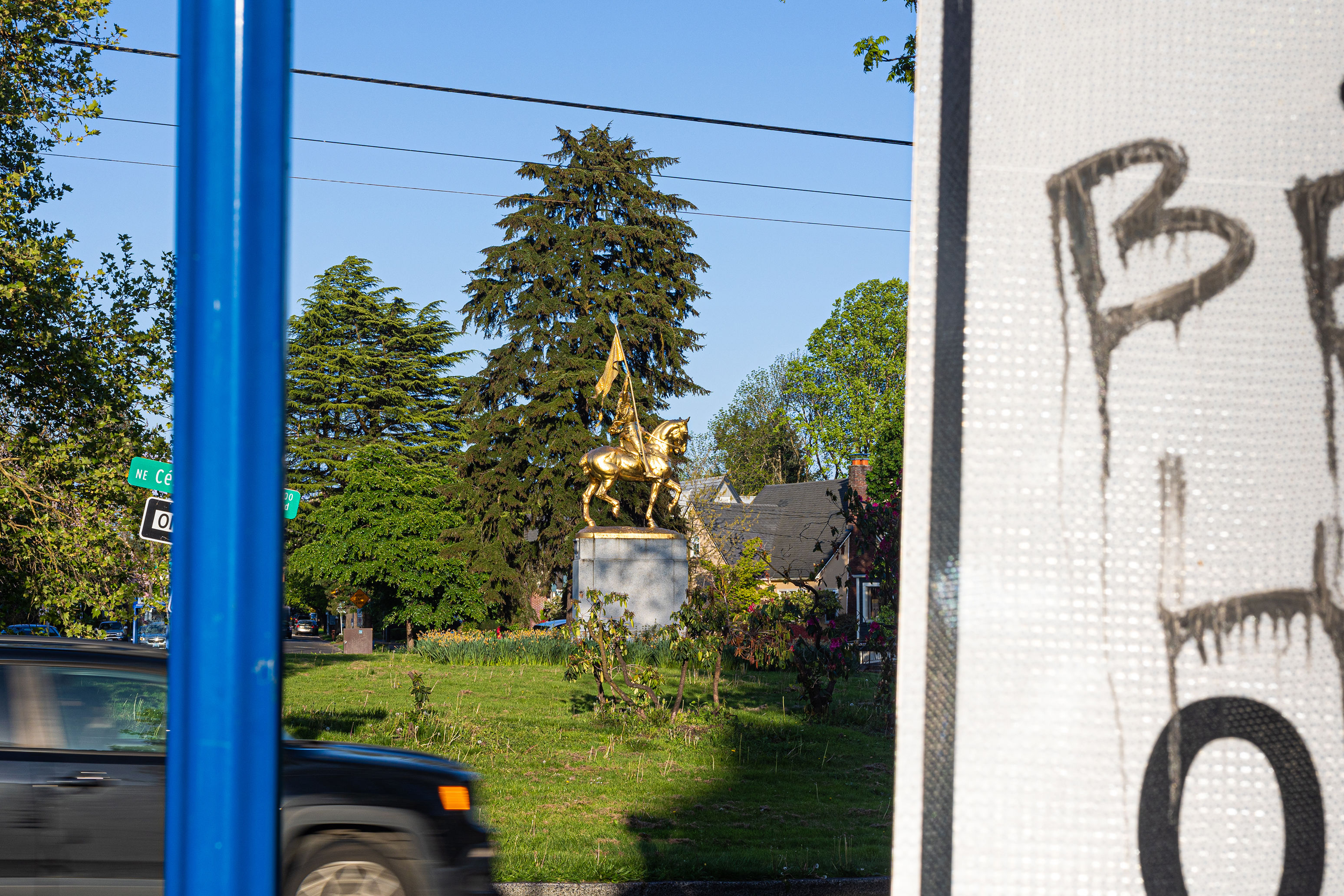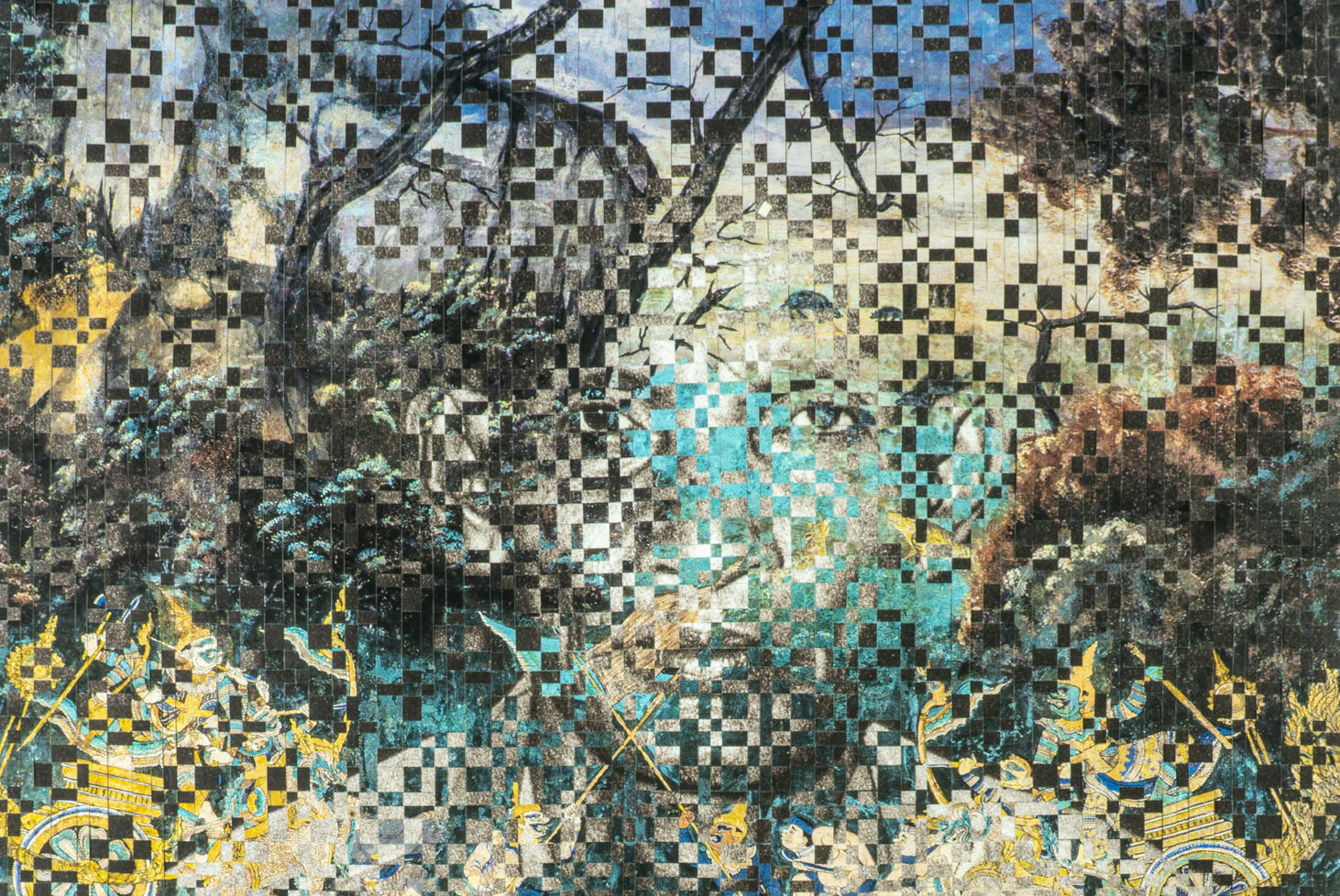
How Did Portland Become an Art City with So Few Art Museums?
The word “artsy,” thank god, has mostly fallen out of vogue. But talk to an out-of-towner about Portland, and there’s a not-insignificant chance the imprecise descriptor pops up. Even after the events of 2020, some permutation of “artsy”—“creative,” “eccentric,” (lord help us) “quirky”—seems to have a pretty firm grip on our public image. A lot of it bears out: we’re a city dotted with gallery spaces, from the Pearl to Alberta to Kenton, and stuffed to the brim with maker markets. But for a place so ostensibly preoccupied with art, something curious stands out: we’re scant on art museums.
For well over a century, the Portland Art Museum stood as the Rose City’s one and only. Begun in 1892 as the Portland Art Association and situated at its current home on SW Park Avenue since 1932, PAM looms large in our cultural history.
“The museum was founded at a time when the city was coming into its place,” says Brian Ferriso, PAM’s director and head curator of art. Our priorities, he says, are built into it. “The main museum building, designed by [Italian-born architect] Pietro Belluschi, was built in 1932. That means that at the height of the Depression, there were leaders in this community that said, ‘We need art and culture, even though our world is turned upside down.’”
There are plenty of other art spaces in town, some of them major players. Oregon Contemporary (a recent rebrand of Disjecta) and the Portland Institute for Contemporary Art (PICA) come to mind. But very few of these spaces bill themselves as “museums,” opting instead for labels like “center” or “collective,” and the rare Portland projects to claim the “museum” title tend toward the nontraditional: the Portland Museum of Modern Art, founded by artist Libby Werbel, lived in the basement of Mississippi Records for four years before closing in 2016. The King School Museum of Contemporary Art (KSMoCA) bills itself as a “social practice art project”—it displays a permanent collection throughout the halls of the Dr. Martin Luther King Jr. Elementary in Northeast, and mostly focuses on connecting public school students with contemporary artists through workshops.
Debates about the definition of a “museum,” and its role, are churning in the culture right now. Last year, the New York Times ran a piece called “What Is a Museum?” that broke down the central question facing the Paris-based International Council of Museums. Are museums, per the ’70s-era definition reached by ICOM, simply “nonprofit institutions in service of society”? Are they more? Less? The story’s aftermath included meltdowns, a slew of resignations, and international hurt feelings. Many in the thick of the debate seemed to take the porn approach: you know a museum when you see one.
For his part, Ferriso says PAM learns what it is through community engagement: “By creating a very broad engagement with all the people who are part of this organization, it lifts all tides.” All-Black radio station the Numberz found a permanent home on-site at PAM during the pandemic. In recent years, PAM has invited artists like Werbel to stage exhibitions that interrogate ivory tower museums, open to implicating itself in the process. Last June, Blazer Carmelo Anthony won the NBA’s inaugural Kareem Abdul-Jabbar Social Justice Champion award and donated his $100,000 prize to PAM’s Black art initiative.
“Follow the money,” unsurprisingly, is a fruitful pursuit here. In Portland, charitable donations aren’t the kind of institutional bankrollers they might be elsewhere—a 2020 study by the Murdock Charitable Trust found that such money makes up significantly less of the operating budgets at cultural orgs in the Portland metro area than it does in the nationwide average. Add fickle public money to the relatively small philanthropic base, and it becomes a little clearer why we might not be raining art museums.
There’s something to be said, too, for the influence of the city’s DIY sensibility.
Portland’s museum culture is idiosyncratic and personal. Not to discount the financial barriers, but with PAM ticking plenty of institutional boxes, maybe our creative communities are content to pursue smaller-scale initiatives. As PAM press manager Ian Gillingham puts it: “My confidence in Portland’s creative scene is that if they need another art museum, they’ll invent it.”








